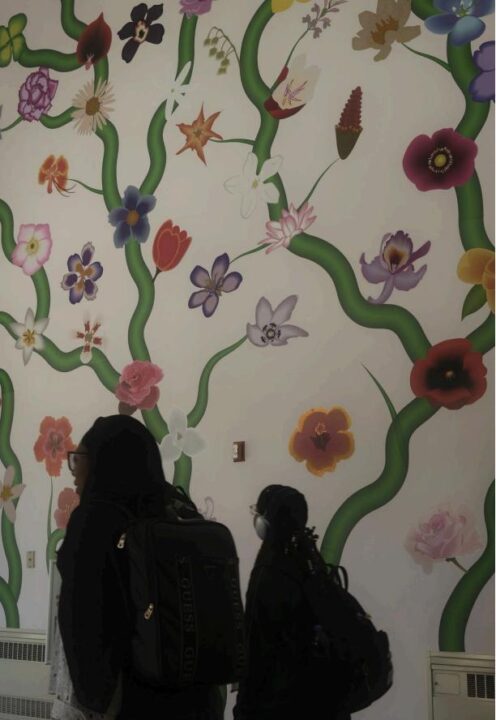The views expressed in this article are the views of the author.
Sitting in my classes the first week of the spring semester at the University of Maryland, Baltimore County, I felt a growing sense of despair. At first, I was unsure of the cause of my problems, until I realized that in just one semester abroad, I had managed to acclimate to the learning environment at my university in Costa Rica. But I hadn’t just adjusted to the change in learning style, I had embraced it, because my education felt more valuable.
The first bump I experienced once back at UMBC began the moment professors introduced themselves. Hearing them say that the class could call them “Professor” followed by their last name would have felt normal before my semester abroad. But not anymore. Instead, the level of formality made the dynamic between student and professor feel stilted.
I had to accept that the days of saying “Profe,” or using my professor’s first names had gone out the window, even though that easygoing dynamic made the classroom a much more comfortable space. So I squared my shoulders and told myself it was not a big deal, and that it was just a different culture of higher education, but one that was no worse for me.
Then came the first awkward silence. It was an experience all too familiar, the one that follows the professor asking a question. Everyone sits in silence, some not paying attention, some just hoping someone else will answer, and some genuinely thinking about the question and coming up short. It happened in Costa Rica too, but over the course of the semester got fewer and farther between.
I realized that the way these moments slowly disappeared over the course of the semester was a result of the classroom environment. But it went beyond what to call your professor. Even the organization of the classroom was different. In each of my classes abroad, the familiar rows of desks that denote a classroom vanished, replaced by circles.
Each of my professors said that it was important that we all be able to see one another, and that they be able to see everyone, especially because of our discussions. This change seemed at first inconsequential, but it made our conversations feel much more like conversations rather than disjointed ideas directed solely at the professor.
I experienced, as a result, unprecedented engagement in my education, with understanding of the topics that we discussed, rather than simple memorization of concepts or facts. I felt like I actually understood the meaning behind critical thinking rather than having the buzzword tossed out at me as a goal that was doomed to fail due to its clash in the classroom with what has been termed “critical listening.”
Granted, the organization of the classroom was certainly aided by the smaller class sizes, but I’ve had classes at UMBC where the handful of students still sat in rows, disconnected from one another while Professor whoever said they wanted us to feel comfortable sharing our ideas. Which really seems to be code for “I’ll catch you off guard with some question halfway through a 70-minute monologue.”
That’s not to say that UMBC is a purely flawed institution. I have had some classes here where the comfort of the students and building of an open learning environment was prioritized early, and it made the class a more enjoyable experience. But having an entire schedule of classes function that way made me realize how much it actually serves my education.
Speaking with other students made it clear that I was not the only one who benefited from that system. The idea that the more comfortable the learning environment, the better the learning experience will be is something that can be worked into all classes here.

